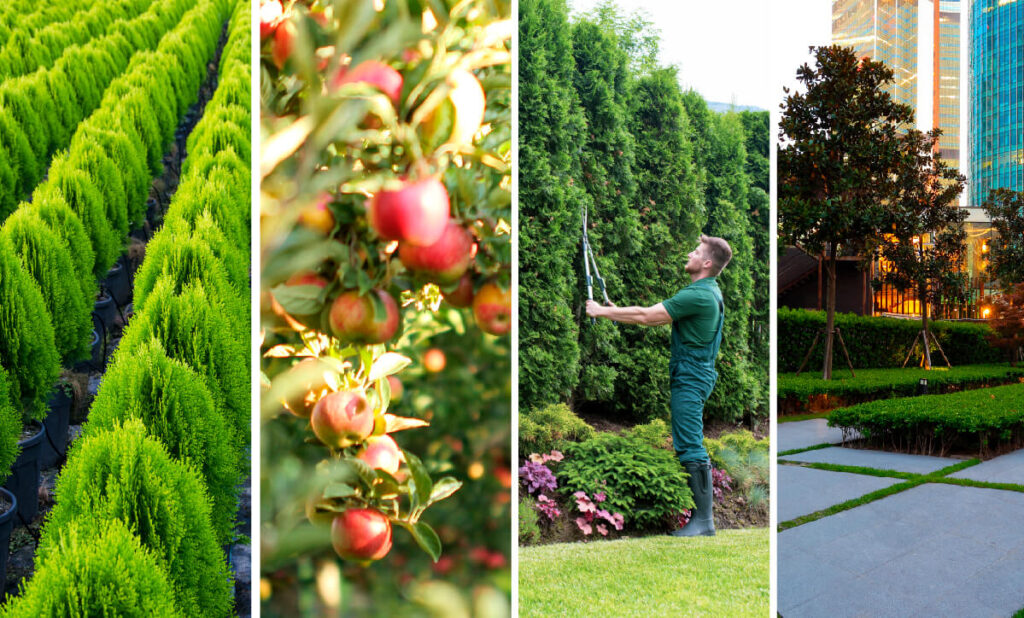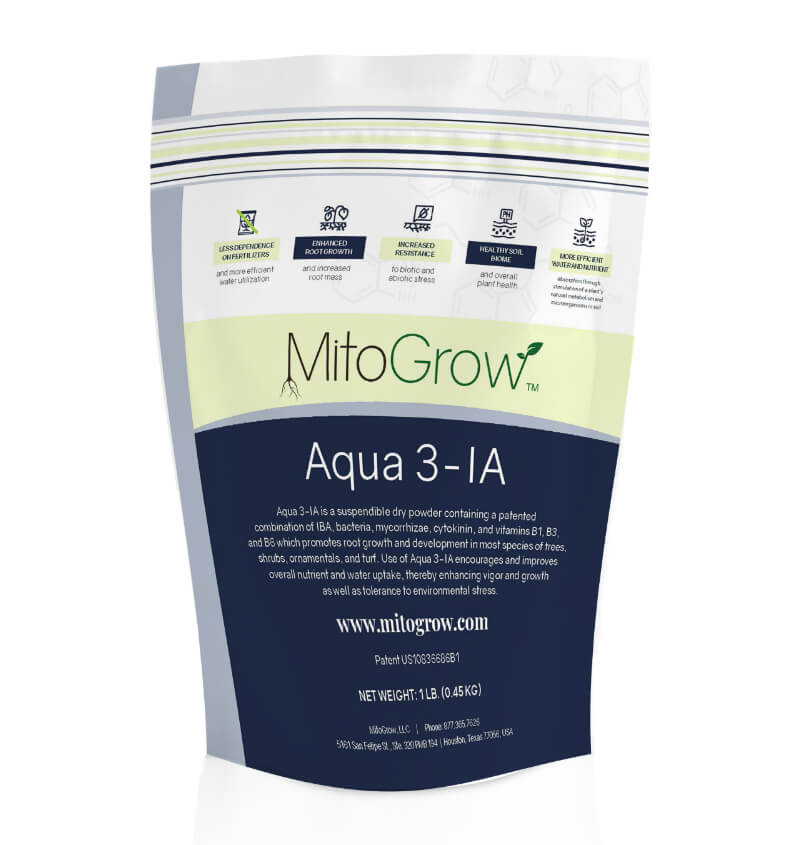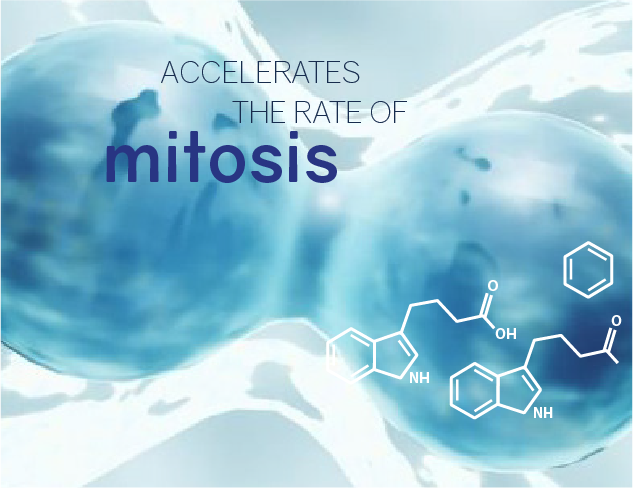
is a 100% water-dispersible, broad-spectrum biostimulant. This proactive solution features a combination of biologicals + IBA, which works to improve root growth and nutrient absorption in turf, trees, and nursery products.


is a 100% water-dispersible, broad-spectrum biostimulant. This proactive solution features a combination of biologicals + IBA, which works to improve root growth and nutrient absorption in turf, trees, and nursery products.
Early established root vigor leading to increased nursery survival rates
Developed protective film around roots that cycles nutrients, enabling stronger root growth and plant development
Increased amounts of calcium, magnesium, nitrogen, phosphorus, and potassium captured by the plant
The first-of-its-kind biostimulant is a proactive approach, combating common challenges throughout all stages of growth. The combination of biology + IBA stimulates root growth leading to increased nutrient uptake, reduced stress, and improved water use efficiency. MitoGrow Aqua 3-IA’s water dispersibility with multiple application methods allow for complete flexibility and seamless integration into any fertility program.

Aqua 3-IA is a 100% water-dispersible product, tank mix ready with your current fertility program. It’s a broad-spectrum biostimulant and a proactive solution featuring IBA, which works to improve root growth and nutrient absorption in turf, trees, and nursery products.
• EPA Registered Version Available. Aqua 3-IA is available in an EPA registered version for use on food crops.
• Patented in the U.S. Our product is secured under a broad United States patent.
• Unique formulation. Aqua 3-IA consists of several biological and natural ingredients that provide for multiple modes of action, resulting in superior outcomes.
• Longer shelf life. Our dry powder formulation is extremely stable and allows for a minimum two-year shelf life while maintaining microbe vitality.
• Water soluble. Aqua 3-IA’s water solubility results in easier mixing and application.
• Application flexibility. Aqua 3-IA allows for multiple application methods consistent with accepted agricultural practices. These include drench to the root zone, blending with liquid fertilizer and injecting into the root zone, and application via a fertigation system, among others.
• Biologically non-competitive. Our formulation doesn’t compete with or harm other naturally occurring living organisms in the environment.
• Effectiveness against disease. Preliminary lab tests have shown results equivalent to oxytetracycline on crop diseases such as Potato Zebra Chip and Citrus HLB.
• Works in tandem with fertilizers and pesticides. Aqua 3-IA is proven to work effectively with both synthetic and organic fertilizers/pesticides.
(Indole-3-butyric acid)
A naturally occurring auxin that:
• Accelerates the rate of mitosis
• Increases root development
• Enhances nutrient absorption
• Improves plant stress tolerance

Don’t Change Your Plant Care Routine,
Just Add MitoGrow.
Want to learn more about the science behind MitoGrow Aqua 3-IA?
Enter your email address in the form below and we’ll send you our white paper.
© 2023 MitoGrow, LLC. All Rights Reserved